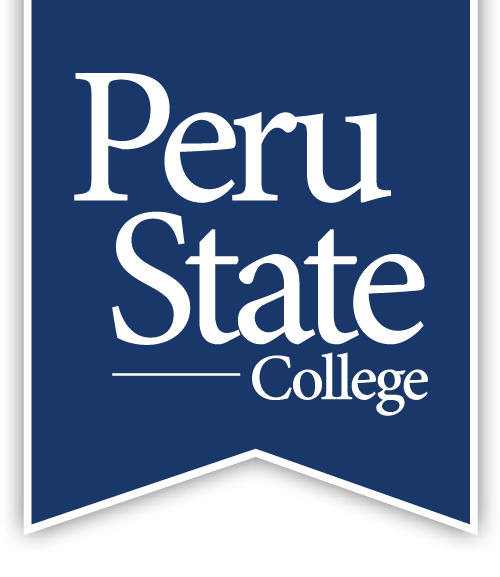Understanding Diversity, Equity and Inclusion in The Workplace was originally published on Firsthand.
If you’ve been looking for a job, you might have noticed that more and more organizations are providing information about their Diversity, Equity and Inclusion (DEI) initiatives on their websites. Similarly, your employer might be starting to engage in their own DEI practices. The bottom line is DEI initiatives are more important than ever, and before we delve into some more complex topics this month, let’s take some time to define the three components of DEI practices.
Diversity in The Workplace
In this context diversity refers to the range of characteristics within a group of people, whether it’s ethnicity, race, gender, sexual orientation, age, or any number of other attributes that make a person unique. Diversity also applies to those with disabilities, or veteran status. Building a diverse team may require certain organizations to let go of antiquated and perhaps biased recruitment practices; however, many companies have been on the cutting-edge of DEI initiatives from the get-go.
You’ll notice that many companies state that diversity is a key component to innovation, which makes a whole lot of sense considering a diverse workforce can see and deal with problems and obstacles with a wide variety of perspectives and processes. A common issue amongst many organizations is a lack of diversity in leadership positions, but with effective DEI initiatives in place, we should see positive change in time.
Equity in The Workplace
Having a diverse workforce is only part of the DEI equation. Even if a company has reorganized its recruitment strategy in order to create a more diverse workforce, it may yet suffer constant employee disengagement or turnover if it doesn’t provide a level playing field for its employees. In order to attain equity in the workplace, a company must have systems in place that foster an environment that is both unbiased and fair, which typically starts with the Human Resources department and the leadership team.
When an organization can meet the unique needs of all of its associates while also providing them with an environment in which they feel they are treated equally and fairly, true equity has been reached. Equity in the workplace is a win-win for both the employer and its associates, as it will inevitably lead to higher employee retention, loyalty, camaraderie, and positive engagement.
Inclusion in The Workplace
Rounding out the DEI equation is inclusion in the workplace. Try to imagine DEI practices as an order of operations, with inclusion being the endcap that keeps everything from falling apart. Once a diverse team is created and equity is reached, an organization must also provide its associates with the means to be themselves and feel valued, without the fear of ridicule or isolation.
Many companies have established their own employee-run resource groups. For example, an employer may have several resource groups that are equipped to serve employees based on their ethnicity, race, gender identity, or veteran status. Often, these groups provide support and schedule events for members to participate in, which helps to build a strong sense of belonging and acceptance among the organization’s employees. Similar to equity, inclusion in the workplace is integral to employee retention and positive engagement.
DEI practices help employers create a diverse talent pool, which can lead to innovation and growth. Further, it can even save companies money if they aren’t dealing with frequent employee turnover or worse yet, legal action against workplace discrimination. Additionally, a company with happy employees who feel valued and accepted, and who all share the same potential for upward mobility will inevitably prosper. Most importantly, fostering an environment that allows employees to practice and feel a sense of acceptance and understanding is a paramount to a better future.

